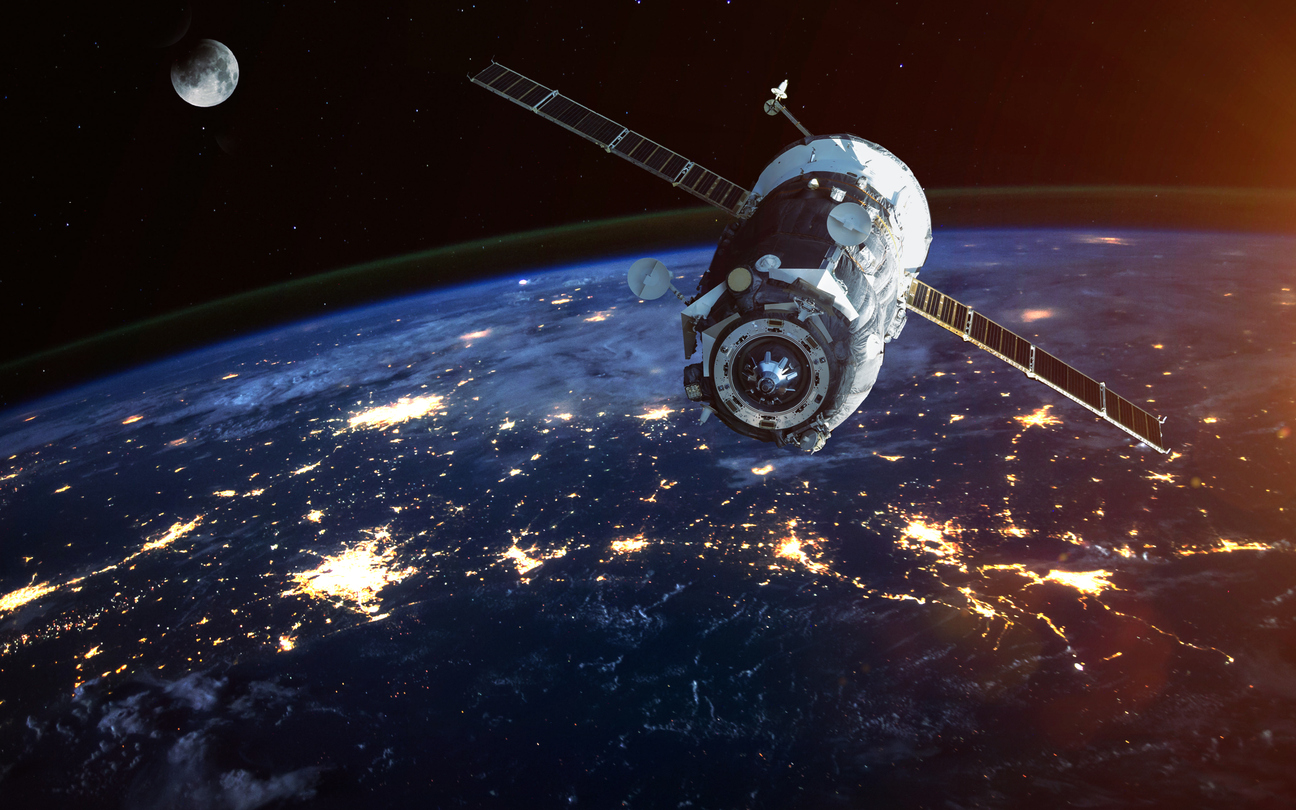
A new type of dosimeter for low dose rates
A optical fibers dosimeter is being tested on the International Space Station (ISS). This project called Lumina is coordinated by the Centre d’Aide au Développement des Activités en Micropesanteur et des Opérations Spatiales (CADMOS), a team of the Centre National d’Etudes Spatiales (CNES, Toulouse, France) and experts in space environment radiation. Several major players in optics and photonics in France are involved in the development and exploitation of the dosimeter data: the Hubert Curien laboratory (Saint-Étienne), CERN (near Geneva), and the company iXblue Photonics (Lannion).
The use of fiber optics allows the detection of very low levels of radiation. Radiation creates defects in the fiber that weaken its ability to propagate light. Gradually, the fiber becomes opaque, and the power detected at the fiber outlet decreases. The loss of this light power can be correlated to the doses absorbed by the fiber. The Lumina dosimeter includes two optic fiber coils several kilometers long. The device was delivered on August 12, 2021 by the Cygnus NG 16 cargo ship, then installed on August 18, 2021 in the European Columbus laboratory module by French astronaut Thomas Pesquet to measure the radiation passing through the ISS shielding. A Bluetooth link connects to the dosimeter, retrieves the data and sends it to Earth for analysis. The reliability of the optical fiber will be evaluated over several months, with measurements running until the end of the mission of German astronaut Matthias Maurer, whose six-month CosmicKiss mission began in late October 2021.
Measuring and anticipating radiation is a major strategic issue for exploration and human spaceflight. Onboard the ISS, astronauts receive an average radiation dose about 100 times higher than on Earth, at sea level, for the same amount of time. This dose increases significantly outside the Station and continues to grow as one moves away from the Earth and the protection offered by its magnetosphere. Fiber optic dosimetry is therefore intended to become a critical technology for the protection of equipment and astronauts during space travel to the Moon or Mars. The optic fiber dosimeter will for example warn astronauts of the imminence of a solar storm strongly charged in radiation and thus hazardous.
Various dosimeters are already on board the ISS but the Lumina prototype and its disruptive technology are promising for several reasons: low manufacturing cost, light weight, minimal power consumption, total autonomy, low sensitivity to temperature variations, extreme ease of use and ability to measure small variations in radiation.
Research currently aims at further miniaturizing the dosimeter to use it in new applications, for example in drones.
More information here and in this video (in French)
